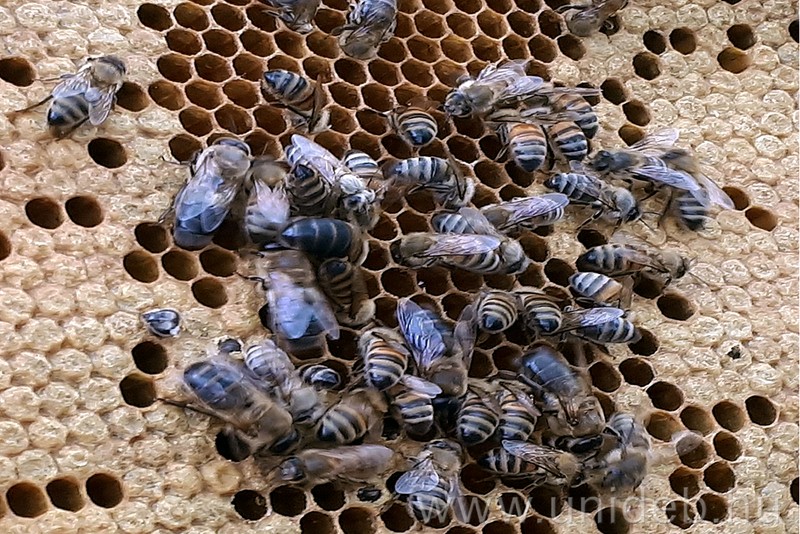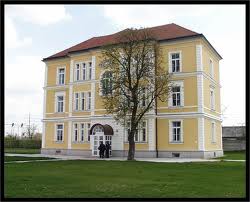The mitochondrial DNA diversity of honey bees in Central and Eastern Europe was studied by researchers at the Agricultural Genomics and Biotechnology Center of the University of Debrecen in international collaboration. The results of the research were published in the professional journal Insects, writes the press office of the University of Debrecen.
Human activity also has a negative impact on the genetic diversity of bees, and this change could lead to a radical reduction in the number of animals, endangering pollination. The Carpathians have long been the main biogeographical frontier for many species, such as the black bee of Western and Northern Europe and the Krajina bee. In recent decades, however, inter-species differences have become increasingly blurred.
– The reason for the process is the selective breeding of domesticated animals and the relocation and transport of bees by humans. As a result, a loss of genetic uniqueness is observed in many local varieties. This is a problem because the natural range of the honey bee covers a wide variety of environments, so local populations are well adapted to each ecological condition.
Our studies have shown that almost 2% of honey bees in Central and Eastern Europe already have mitochondrial DNA of African origin. The appearance of the African influence was most likely caused by trade – Szilvia Kusza, professor of the Agricultural Genomics and Biotechnology Center (AGBK) of the Faculty of Agriculture, Food Science and Environmental Management (MÉK) of the University of Debrecen (DE) told hirek.unideb.hu.
African bees have previously been introduced to the American continents through human transmission. Research in Debrecen examined this so-called Africanization.
– The probable origin of bees carrying identified “A” mitotypes is sub-Saharan Africa. There is no clear pattern in Eastern and Central Europe that the presence of African mitotypes was caused by natural processes, so their appearance is likely to be related to human activities. For example, with various beekeeping practices and extensive breeding of non-native species, said Szilvia Kusza.
These bees of African origin pose a significant threat to genetic diversity, the animal health status of European bees and are less suitable for beekeeping due to their more aggressive behavior.
– Individual parasites are better tolerated against European subspecies. However, studies have shown that this tolerance is in many cases related to the environment. In all likelihood, African bees in a European environment would not necessarily be more resistant than their native counterparts. Hybridization of the species has been demonstrated, but the proportion of African genes in the population has yet to be studied. Mapping them is important, even if today the nuclear genome of European bees is largely of European origin, the university professor stressed.
Research into the presence of African mitotypes is vital for beekeeping, as genetic modifications in honey bees in Central and Eastern Europe may contribute to the spread of undesirable traits, parasites, and diseases.
“In order to preserve the genetic purity of bees, it would also be necessary to better control the import and spread of foreign bees, as the Africanization shown in the studies could pose a serious threat to sustainable beekeeping,” said Szilvia Kusza, professor at the Agricultural Genomics and Biotechnology Center.
The results of the research were published in the international, open-access journal of insects, Insects.
hirek.unideb.hu










